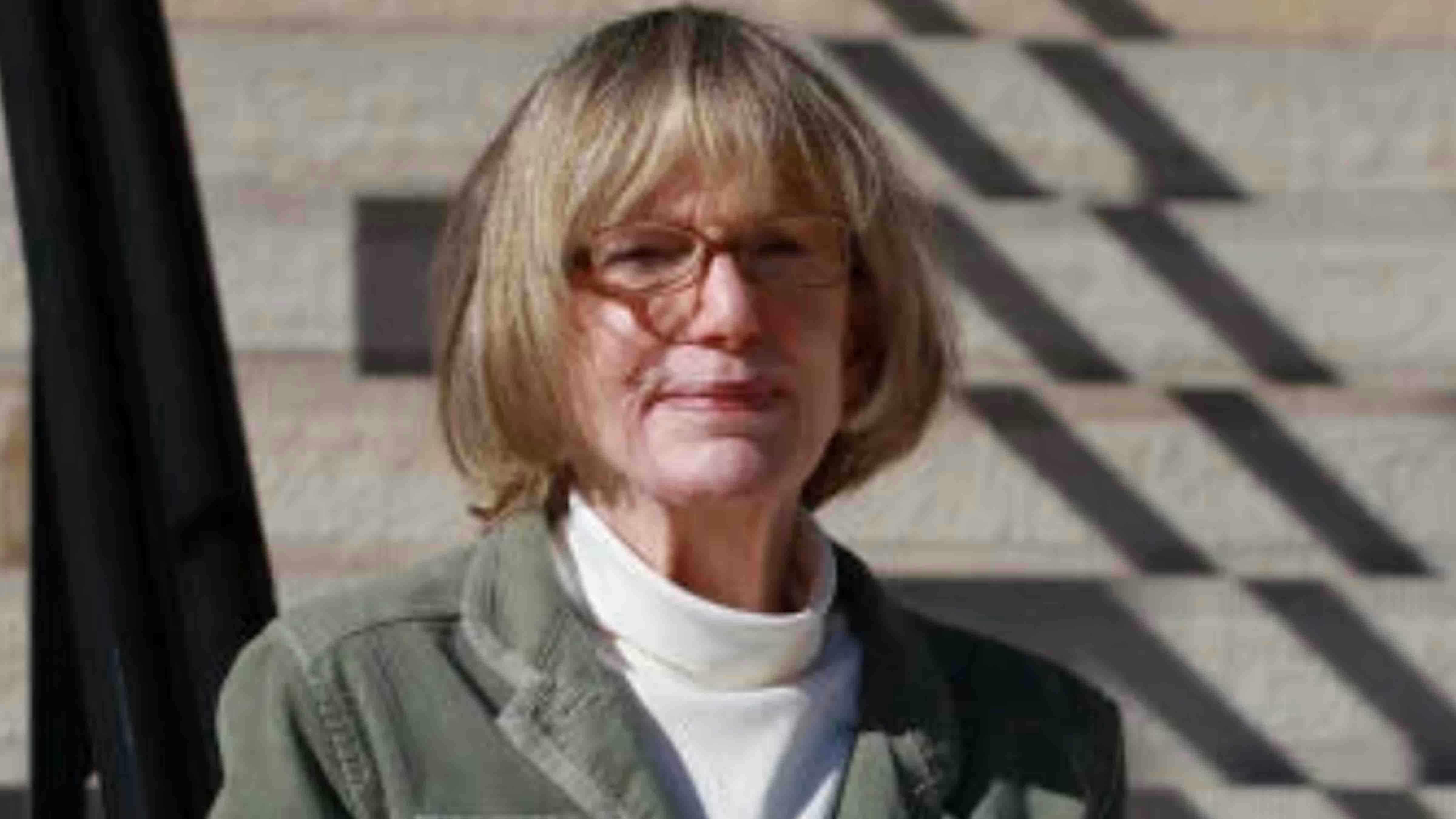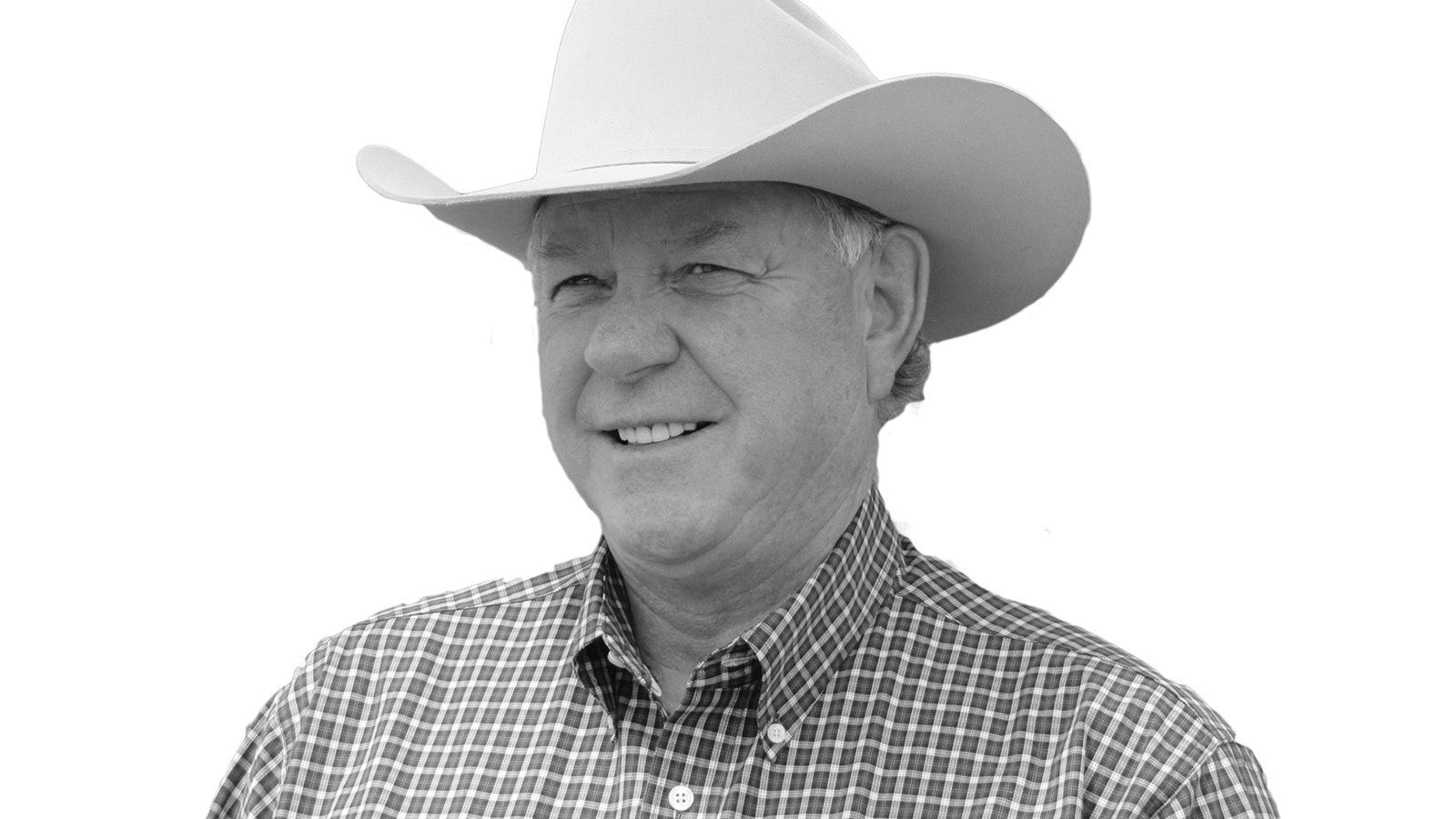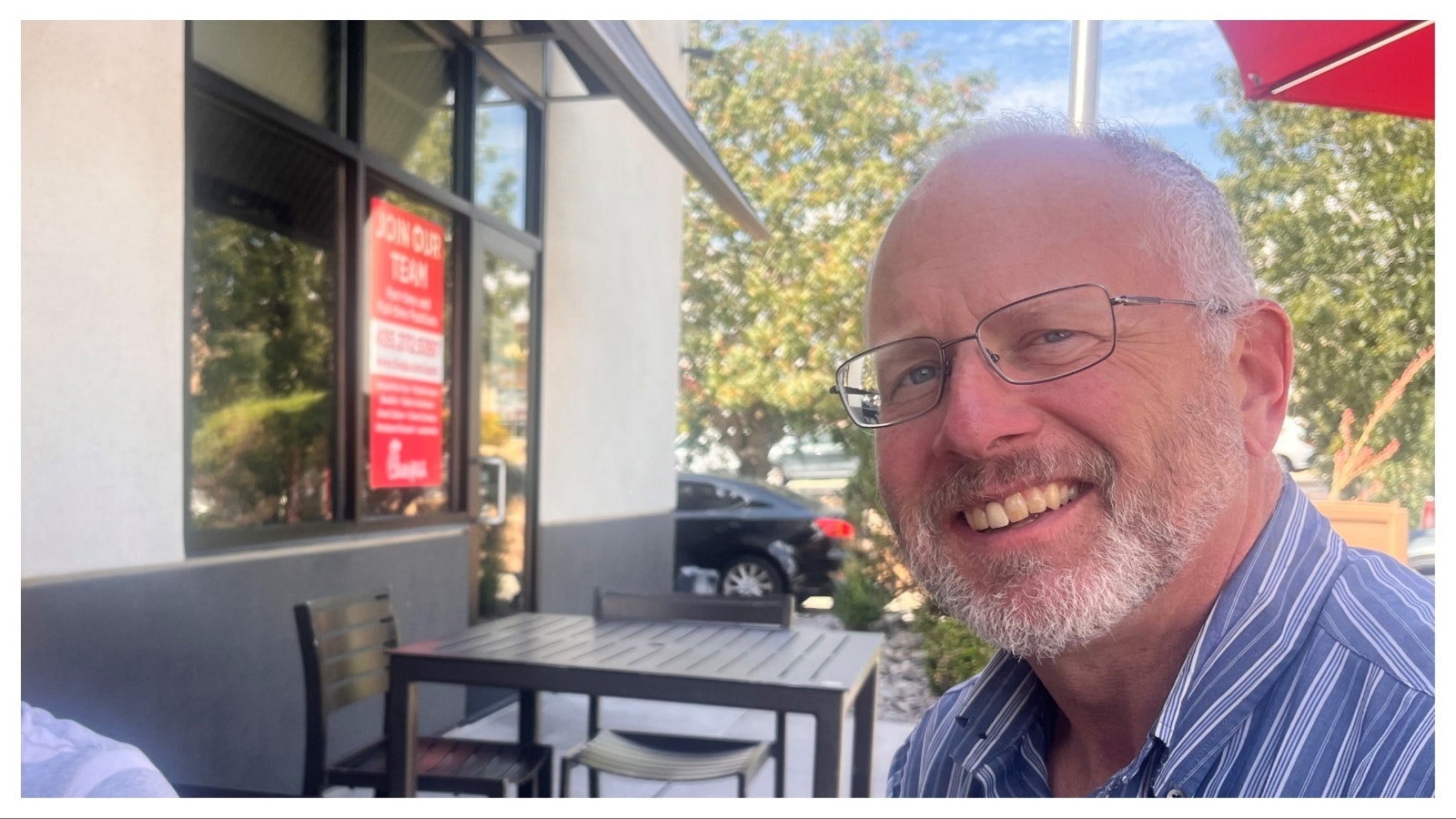A recent Cowboy State Daily article by Linda Wommack in the American West Series provided information about the role wind power has played in settling the West – providing water for crops, livestock, homes, and towns. It made me recall my first trip to Lubbock, Texas, several years ago.
That panhandle town has some similarities to places in Wyoming – the wind always seems to blow! That makes it the perfect place for the American Windmill Museum. The center also has new exhibits that are part of the Wind Energy Experience.
The core mission of the museum is the story of wind and how it has provided power for centuries.
The array of windmills is stunning including a replica of a Flowerdew Hundred Postmill that was built in 1978 at Flowerdew Hundred, a plantation in Virginia where the first windmill in America was built for Sir George Yeardley in 1621. That original windmill was destroyed in a storm, but archaeologists found remnants of it, leading to the construction of the replica.
To get a sense of the history of wind power in America imagine a “canvas” that is 172 feet long and 34 feet tall, then imagine the story of the windmill from the 1700s to the present, and you have a mural that covers two entire walls inside the Wind Power Center, in a space that is used for special programs and events.
This mural by artist LaGina Fairbetter has so much detail, so many animals, plants, and settings that it might take you days to really see it all in the detail. By studying it even for a few minutes, you can let your eye rove from past to present.
Then walk among the more than 150 windmills that are on display at the center. Some may be familiar structures; you still see them dotting the prairie and plains landscapes where they do their job of pumping water for livestock.
The invention of the self-governing windmill had a significant influence on the development of the western two-thirds of the United States. Between 1854 and 1920, over seven hundred companies manufactured tens of thousands of windmills. The story of those companies and the windmills they produced is the mission of this museum.
The Windmill Museum (formerly the American Wind Power Center) dates to the mid-1960s when Billie Wolfe, a Texas Tech faculty member, taught courses in “Housing Design for Family Living.” Among the supporting documents used in the classes were photographs of farm and ranch structures. Many times, a windmill was depicted in the photograph.
Recognizing that the windmills shown in the old photographs were becoming decrepit, in some cases disappearing from the landscape altogether, the professor began taking more photographs and interviewing farmers and ranchers who had windmills.
One thing led to another and before long she was collecting these windmills from sites in Texas, and then farther afield. Wolfe met Don Hundley owner of the Windmill Hill Museum near Mitchell, Nebraska, who had at that time the premier collection of early American windmills in the country, many beautiful hand pumps, difficult to find windmill weights, and rare salesman’s model mills.
With assurance from Wolfe that his collection would remain intact, Hundley sold it to her rather than to the Smithsonian, which had also expressed interest in the extensive collection.
Ultimately Wolfe and Coy Harris, a Lubbock native and CEO of Wind Engineering Corporation, established the National Windmill Project as a non-profit organization.
They moved the entire Hundley Collection, which consisted of 48 windmills, 171 weights, 56 pumps, numerous photographs and models, to Lubbock.
An equally interesting exhibit at the Wind Mill Museum is the Elmer and Melvyn Miller Windmill Weight Collection. In addition to serving a critical purpose in windmill operation, these windmill weights are works of folk art in their own right.
So, blow on down to the panhandle of Texas and see this impressive collection of windmills that represent unique designs of a structure that literally changed the development of the American West.
Candy Moulton can be reached at Candy.L.Moulton@gmail.com








